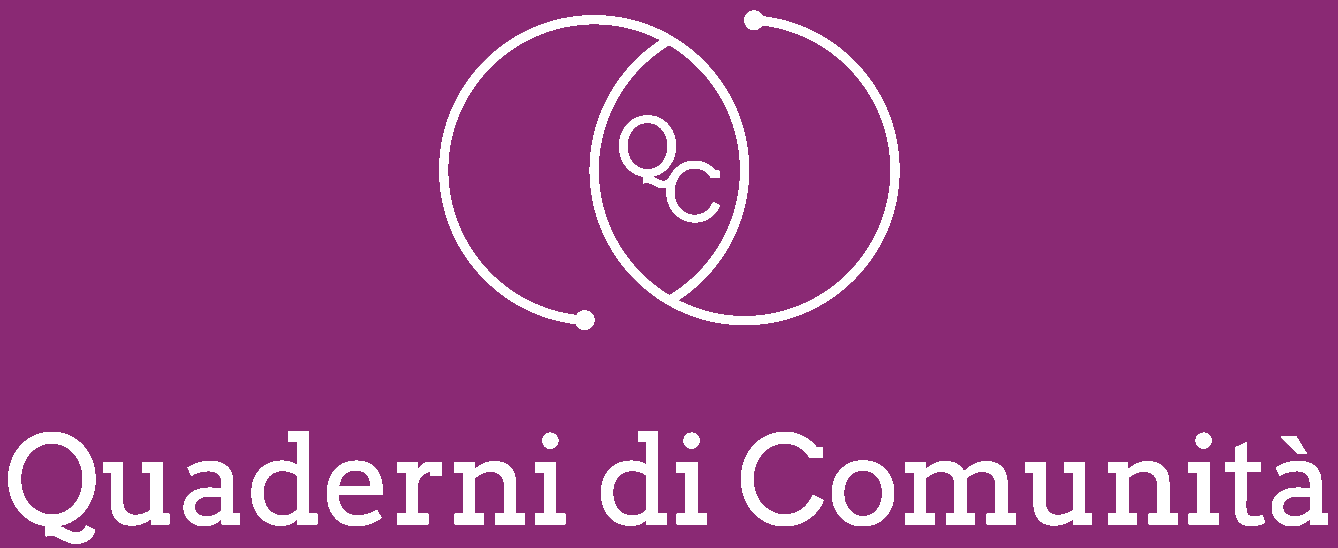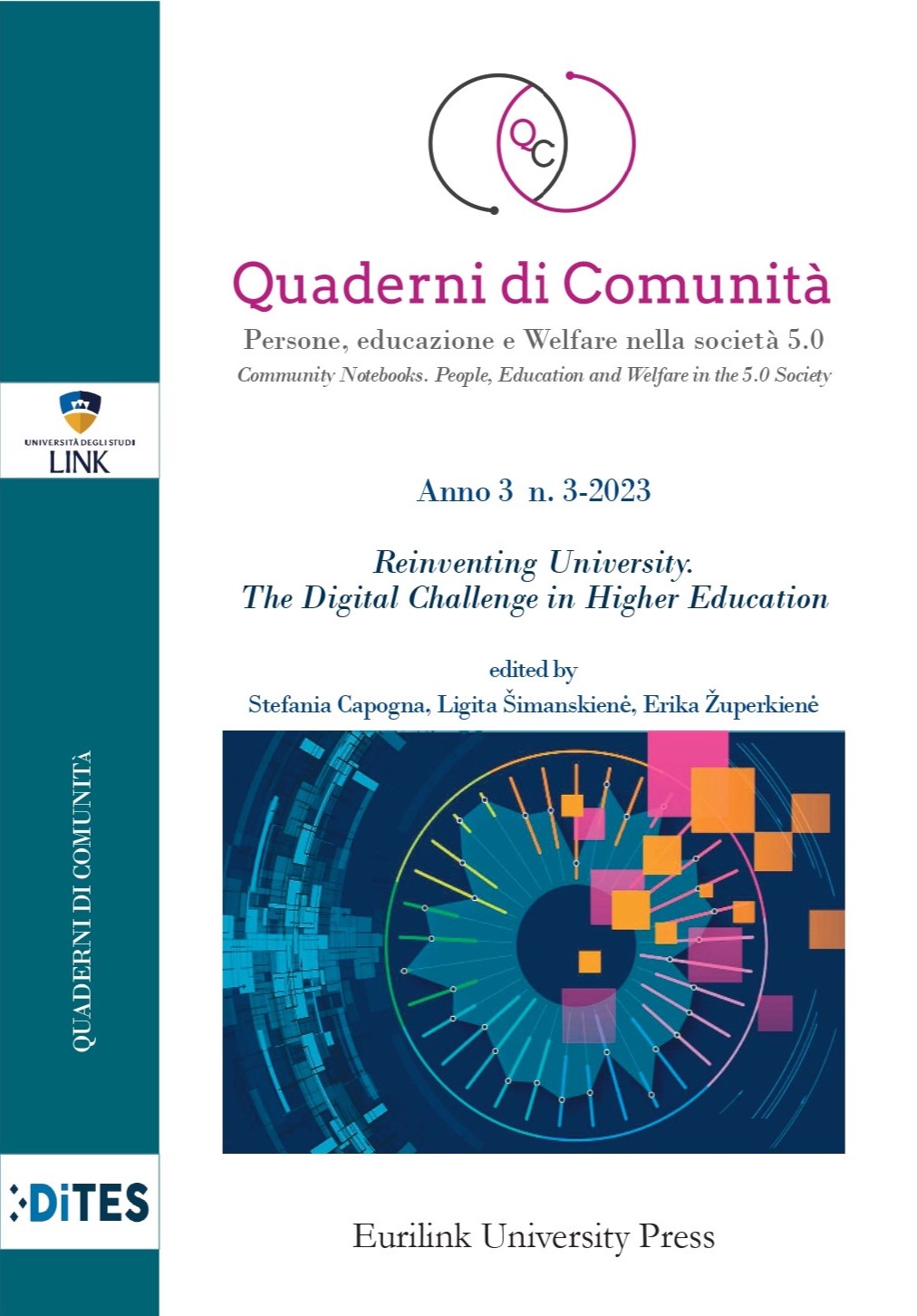Evaluation of Universities QoS using Fuzzy Cognitive Maps
DOI:
https://doi.org/10.61007/QdC.2023.3.158Keywords:
Optimization, Fuzzy Logic, Fuzzy Cognitive Maps, Decision MakingAbstract
HEIs’ digital transformation is revealing a variety of new opportunities for improving not only their current online teaching practices but also their overall business operations. The processing of data can be further expanded using a range of advanced techniques, as is the case of cognitive tree maps, fuzzy networks, or even evolutionary algorithms, to examine and explain how the behaviour of a complex system, such as an HEI, is affected by the multiple conditions changing over time. The design of such a tool and the development of an optimization system that can determine ideal values for these aspects are covered in the proposal. The present work introduces a tool for the evaluation of the HEI Quality of Service factor (HEI-QoS), using a Fuzzy Cognitive Map designed for a specific purpose. The FCM model uses eight concepts which characterize the HEI operation and performance, taking into consideration the most well- known HEI rankling tools. Concepts values can be estimated from a field research analysis inside the HEI resulting in a very useful internal evaluation tool for a HEI.
References
Adina-Petruta Pavel, (2015), “Global university rankings - a comparative analysis”, Elsevier, Procedia Economics and Finance, vol.26, p.p. 54 – 63, DOI: 10.1016/S2212-5671(15)00838-2.
Aguilar J. (2005), “A survey about Fuzzy Cognitive maps papers”, International Journal of Computational Cognition Volume 2, June 2005.
Apostolopoulos, I.D., Groumpos, P.P. and Apostolopoulos, D.J. (2021), “Advanced fuzzy cognitive maps: state-space and rule- based methodology for coronary artery disease detection” Inter. Journal of Biomedical Physics & Engineering Express, Volume 7, Issue 4, pp.o45007, IOP Publishing.
Axelrod R. (1976) “Structure of Decision: The Cognitive Maps of Political Elites.” Princeton University Press DOI 10.2307/2616237.
Baporikar, N. (2021), “Stakeholder approach for quality higher education,” in Research Anthology on Preparing School Administrators to Lead Quality Education Programs. Pennsylvania: IGI Global., 2021, 1664–1690. DOI 10.4018/978-1-7998-3438-0.ch075.
Barbrook-Johnson, P., Penn, A.S. (2002), “Fuzzy Cognitive Mapping. In: Systems Mapping”. Palgrave Macmillan, Cham. DOI 10.1007/978-3-031-01919-7_6.
Biggs, N., Lloyd, E. and Wilson, R. (1986), “Graph Theory,” Oxford University Press, pp. 1736-1936.
Dias Sofia B. et. al. (2015) “Fuzzy cognitive mapping of LMS users’ Quality of Interaction within higher education blended-learning environment”, Expert Systems with Applications, Vol.42, ELSEVIER, 2015, Pages 7399-7423, DOI 10.1016/j.eswa.2015.05.048.
ECOLHE project, (2023), “The European Higher Education Area Facing The Digital Challenge”, Erasmus+ KA2-Strategic Partnerships in the field of Education (2020-1-IT02-KA203- 079176).DOI: 10.26220/eco.4512.
Estrada-Real, A.C., Cantu-Ortiz, F.J. (2022), “A data analytics approach for university competitiveness: the QS world university rankings.”, Int J Interact Des Manuf 16, p.p. 871–891 (2022). DOI: 10.1007/s12008-022-00966-2.
European Commission. “Digital Education Action Plan (2021- 2027)”.
Felix, G., Nápoles, G., Falcon, R., Froelich, W., Vanhoof, K., & Bello, R. (2019). “A review on methods and software for Fuzzy Cognitive Maps”. Artificial Intelligence Review, 52(3), 1707–1737. DOI 10.1007/s10462-017-9575-1.
Gauchy, A. L., “Recherche sur les polyèdres - premier mémoire,” Journal de l’Ecole Polytechnique 9, vol. 16, pp. 66-86, 1813.
Glykas M. (2010), “Fuzzy Cognitive Maps”, Studies in Fuzziness and Soft Computing, Volume 247, Springer-Verlag Berlin Heidelberg.
Groumpos, P. P., and Anninou, A.P. (2012), “A theoretical mathematical modeling of Parkinson’s disease using Fuzzy Cognitive Maps,” Proc. of 12th International Conference on Bioinformatics and Bioengineering (BIBE), pp 677 – 682.
Harvey, L., and Askling, B. (2003), “Quality in higher education,” in The Dialogue Between Higher Education Research and Practice, ed. R. Begg (Berlin: Springer), 69–83. DOI 10.1080/13538320308164.
Helfgott, A., Lord, S., Bean, N., Wildenberg, M., Gray, S., Gray, S., Vervoort, J., Kok, K., & Ingram, J. (2015). “Clarifying fuzziness: Fuzzy Cognitive Maps, neural networks and system dynamics models in participatory social and environmental decision-aiding processes”. Processes EUFP7 TRANSMANGO Working Paper 1.
Jacek Pietrucha, (2018), “Country-specific determinants of world university rankings”, Springer Scientometrics, 2018, pp. 1129- 1139, DOI: 10.1007/s11192-017-2634-1.
Jetter A. J., Kok K., (2014), “Fuzzy Cognitive Maps for futures studies—A methodological assessment of concepts and methods”, Futures, Vol 61, ELSEVIER, DOI 10.1016/j.futures.2014.05.002.
Kosko B. (1986), “Fuzzy cognitive maps”, International Journal of Man-Machine Studies, 24, 65–75.
Kosko B. (1993). “Adaptive inference in fuzzy knowledge networks”, Readings in Fuzzy Sets for Intelligent Systems, 1993, Pages 888- 891. DOI 10.1016/B978-1-4832-1450-4.50093-6.
L’Huillier, (1861), S. A. J., “Memoire sur le Polyedrometrie,” Annales de Mathematiques 3, pp. 169-189.
Moed, H.F. (2017), “A critical comparative analysis of five world university rankings.”, Scientometrics 110, p.p. 967–990. DOI:10.1007/s11192-016-2212-y.
Mpelogianni, V. G. & Groumpos, P. P. (2018), “Re-approaching fuzzy cognitive maps to increase the knowledge of a system”, Intern. Journal AI & SOCIETY, pp.1-14.
Mustapha S. M. et al. (2010), “Factors influencing classroom participation: a case study of Malaysian undergraduate students”, Procedia - Social and Behavioral Sciences Vol. 9, 2010, Pages 1079-1084, ELSEVIER. DOI 10.1016/j.sbspro.2010.12.289.
Nápoles G., Leon Espinosa M., Grau I., and Vanhoof K. (2018), “FCM expert: Software tool for scenario analysis and pattern classification based on fuzzy cognitive maps.” International Journal on Artificial Intelligence Tools 27.07: 1860010. DOI 10.1142/S0218213018600102.
Papageorgiou, E.I., Stylios, C.D., Groumpos, P.P. (2003), “Fuzzy cognitive map learning based on nonlinear Hebbian rule”, Lecture Notes in Computer Science, vol. 2903, pages.256–268, DOI 10.1007/978-3-540-24581-0_22.
Papageorgiou E.I. (2014), “Fuzzy Cognitive Maps for Applied Sciences and Engineering from Fundamentals to Extensions and Learning Algorithms”, Springer, ISBN 978-3-642-39739-4 (eBook), DOI 10.1007/978-3-642-39739-4.
Purnomo M., Anugerah A., Dewipramesti B. (2020), “Sustainable Supply Chain Management Framework in a Higher Education Laboratory Using Intuitionistic Fuzzy Cognitive Map”, Journal of Industrial Engineering and Management. DOI 10.3926/jiem.3204.
Raghuram, S., Hill, N. S., Gibbs, J. L., and Maruping, L. M. (2019), “Virtual work: bridging research clusters”. Acad. Manag. Ann. 13, 308–341. DOI 10.5465/annals.2017.0020.
Rieckmann, M. (2012), “Future-oriented higher education: which key competencies should be fostered through university teaching and learning?”. Futures 44, 127–135. DOI: 10.1016/j.futures.
Seymour, D. T. (1992), “On Q: Causing Quality in Higher Education”. New York, NY: Macmillan Publishing Company. 100 Front St., Riverside, NJ 08075- 7500.
Stach Wojciech, Kurgan Lukasz, Pedrycz Witold, Reformat Marek, (2005), “Genetic learning of fuzzy cognitive maps”, Fuzzy Sets and Systems, Volume 153, Issue 3, 1 August 2005, Pages 371-401.
Stach W., Kurgan L. and Pedrycz W., (2007), “Parallel Learning of Large Fuzzy Cognitive Maps,” 2007 International Joint Conference on Neural Networks, Orlando, FL, USA, 2007, pp. 1584-1589. DOI: 10.1109/IJCNN.2007.4371194.
Stach Wojciech, Kurgan Lukasz, and Pedryc Witold, (2007), “A Survey of Fuzzy Cognitive Map Learning Methods”.
Vergini, E.S. and Groumpos, P.P., (2018), “Modeling nearly Zero Energy Building using new equations and separating concepts on Fuzzy Cognitive Maps”- Elsevier, IFAC-PapersOnLine, Volume 51, Issue 30, pp. 709-714, 2018.
Downloads
Published
How to Cite
Issue
Section
License
Copyright (c) 2023 Quaderni di comunità. Persone, Educazione e Welfare nella società 5.0

This work is licensed under a Creative Commons Attribution-NonCommercial-NoDerivatives 4.0 International License.







